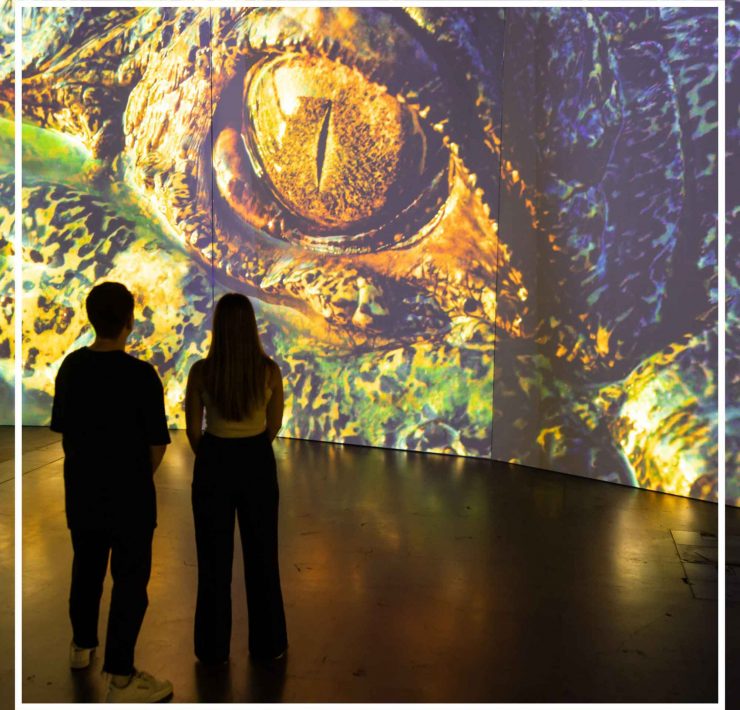10 Otherworldly Places We Can’t Believe Are On Earth

Miranda Luby is a freelance travel writer and bad surfer…
A sea of stars, an eye in the desert and an underwater waterfall: there’s a handful of natural spectacles on our planet that are so mind-blowingly otherworldly they’d look more at home in a sci-fi movie than on Earth. These alien landscapes can be some of the most interesting to visit.
So forget NASA because you don’t need a space ship to leave the planet. Here’s our list of ten places around the world that look totally alien.
Sea of Stars, Vaadhoo Island, Maldives
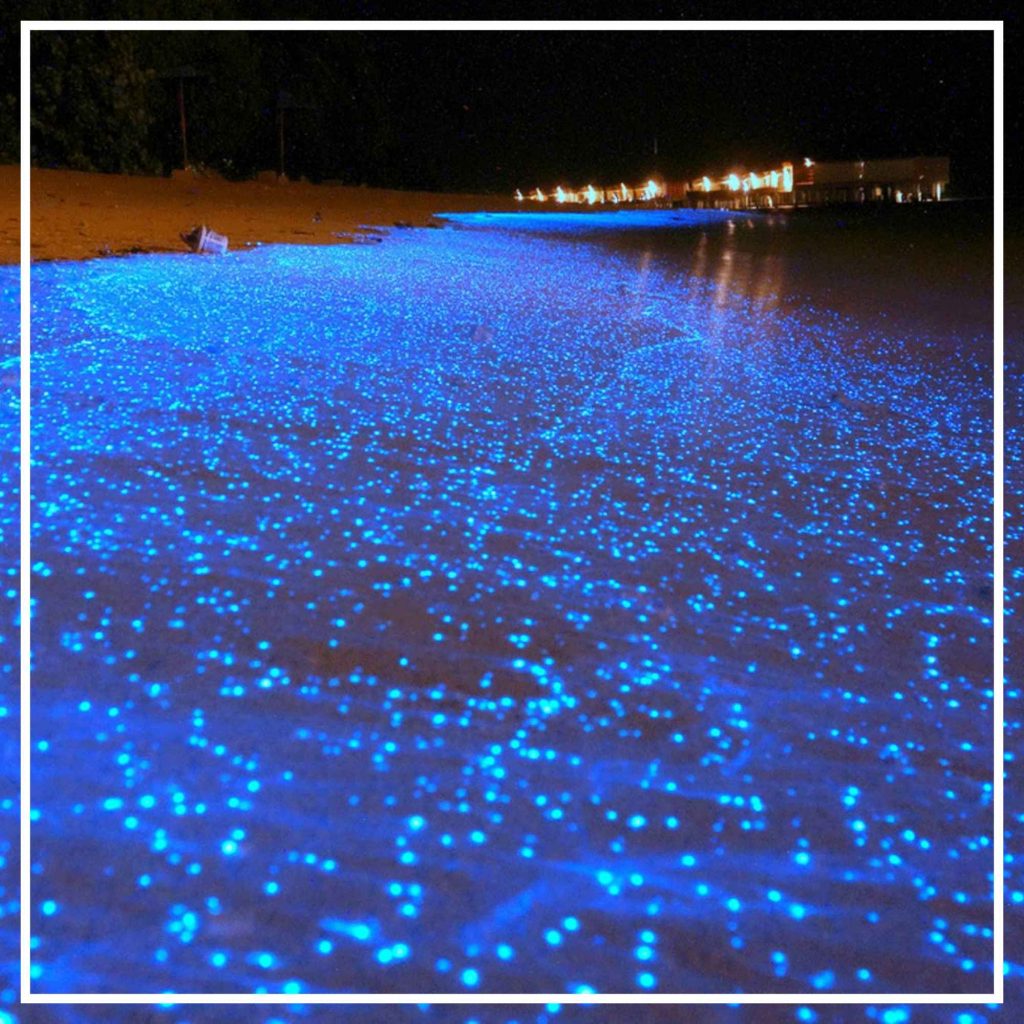
For when the night’s sky filled with stars above a paradisal tropical island just isn’t enough, there’s this.
Aptly named the Sea of Stars, this optical delight found on Vaadhoo Island in the Maldives seems to mirror the heavens when it lights up in spectacular fashion each night. The “sea stars” are actually phytoplankton. The bioluminescent marine microbes emanate a bluish glow from a special cell in their membrane creating this unique illumination.
Lake Hillier, Western Australia

From the minds of a race of gigantic Barbie doll aliens bent on turning earth into some kind of health spa comes this huge bubblegum-pink lake. Lake Hillier is a salt lake on Middle Island, the largest of the islands that make up the Recherche Archipelago in Western Australia.
It’s about 600 metres long and surrounded by a rim of sand and dense woodland. It hasn’t actually been proven but scientists think the pink colour comes from dye created by two extremely scientific-sounding organisms, Dunaliella salina and Halobacteria, but also might be due to red halophilic bacteria in the salt crust. Our bet: aliens. And good news – the water is perfectly safe to swim in! Just don’t wear white bathers.
Underwater Waterfall, Mauritius Island
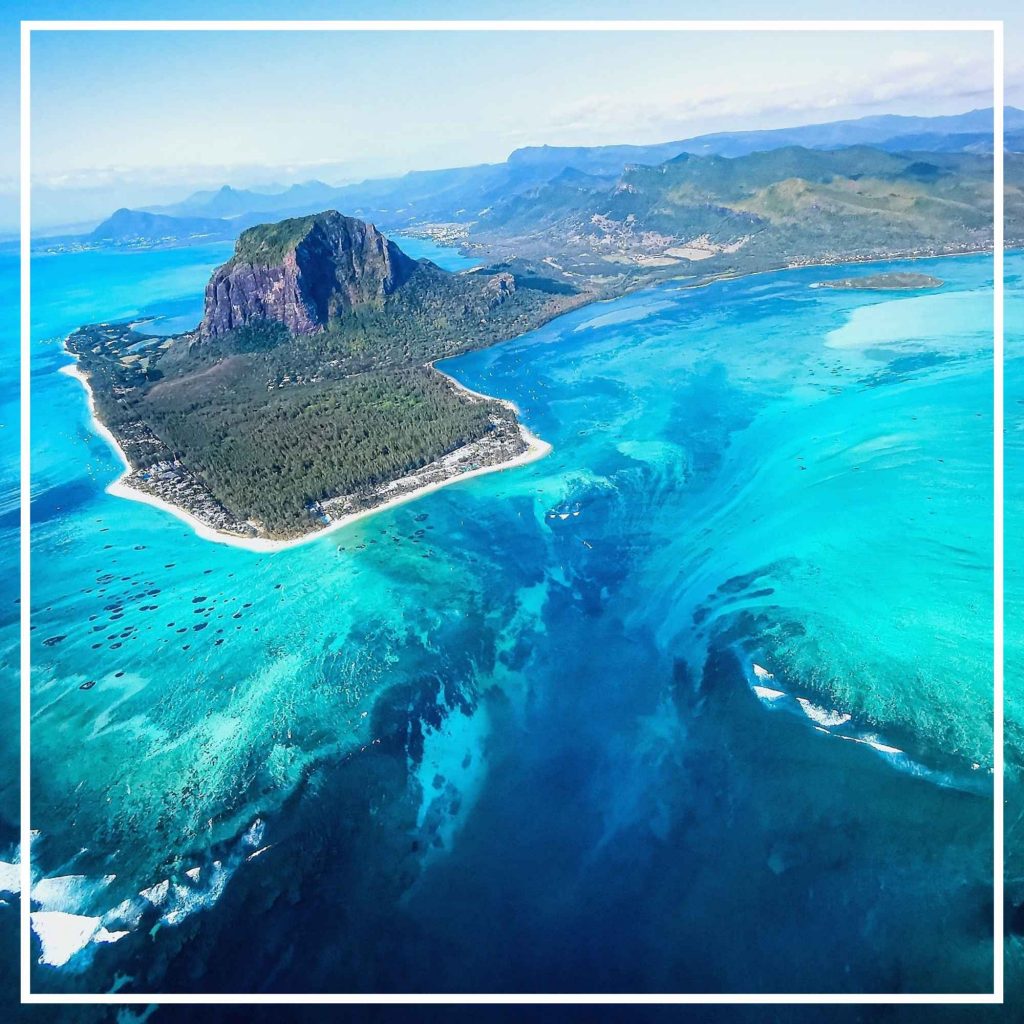
Underwater waterfall. It’s a laws-of-gravity-defying oxymoron that they probably should have put in the movie Avatar, but instead you can find it in the Indian Ocean just 2000kms off the coast of Africa. Climb to a peak on the Southwest tip of Mauritius Island and you’ll bear witness to a vortex of Niagra Falls-esque proportions gushing and tumbling over the edge of an underwater cliff. Behold!
OK, so it’s not actually really an underwater waterfall. The runoff of sand and silt deposits off the coast of the tropical island has just created a pretty rad illusion.
Salar De Uyuni, Bolivia
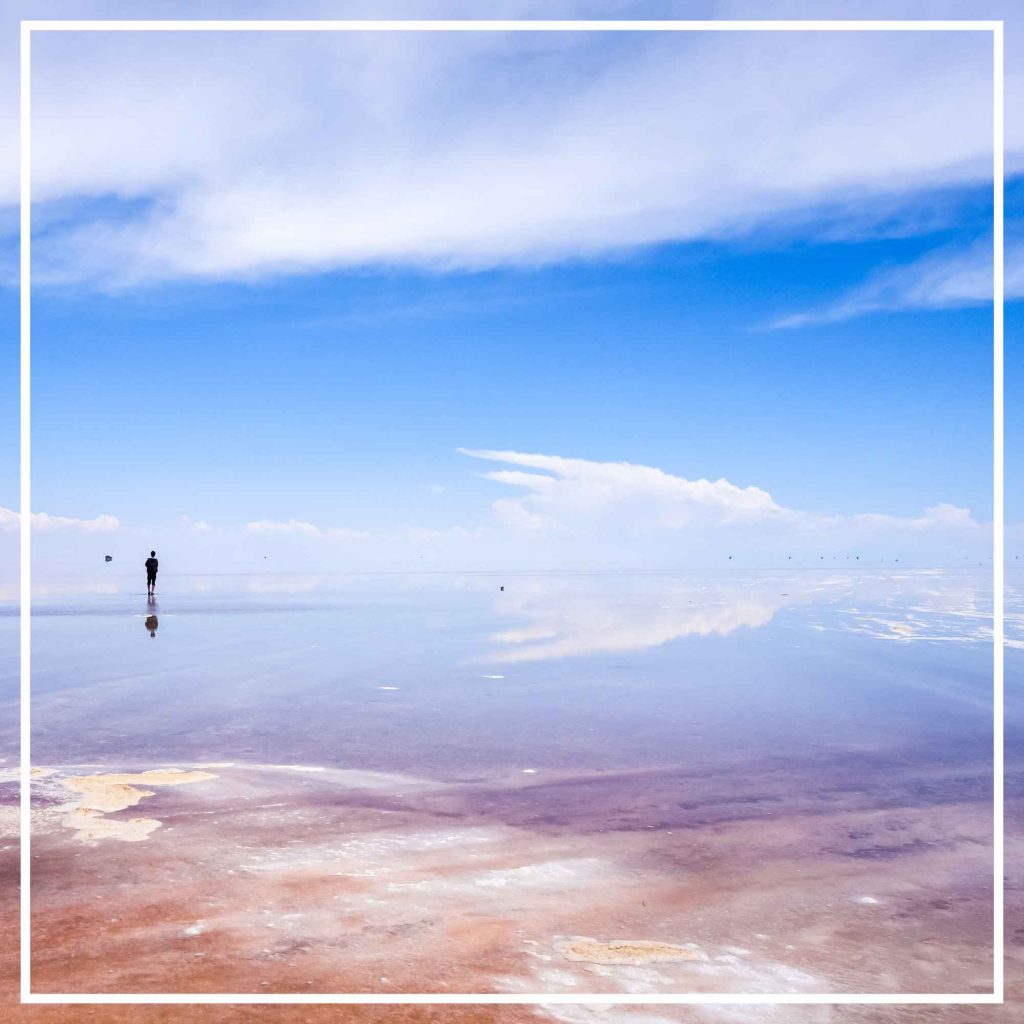
We’ve all seen the pictures. And we’ll never get sick of them. Because the Bolivian salt flats are pretty much as close as most of us are going to get to walking on the surface of an alien planet. A remanent of several prehistoric lakes, the salt flat is more than 10,000kms squared – that’s the size of Hawaii – and it doesn’t vary in altitude more than one metre over that entire area. That’s seriously flat.
It’s this super flatness that causes the cool optical illusions (you know the ones where you can hold your tiny friend on your ginormous hand?) and, when a thin layer of water gathers on the surface, the even cooler dream-like reflections that make you look like you’re walking on clouds. Album cover, anyone?
Antelope Canyon, Arizona
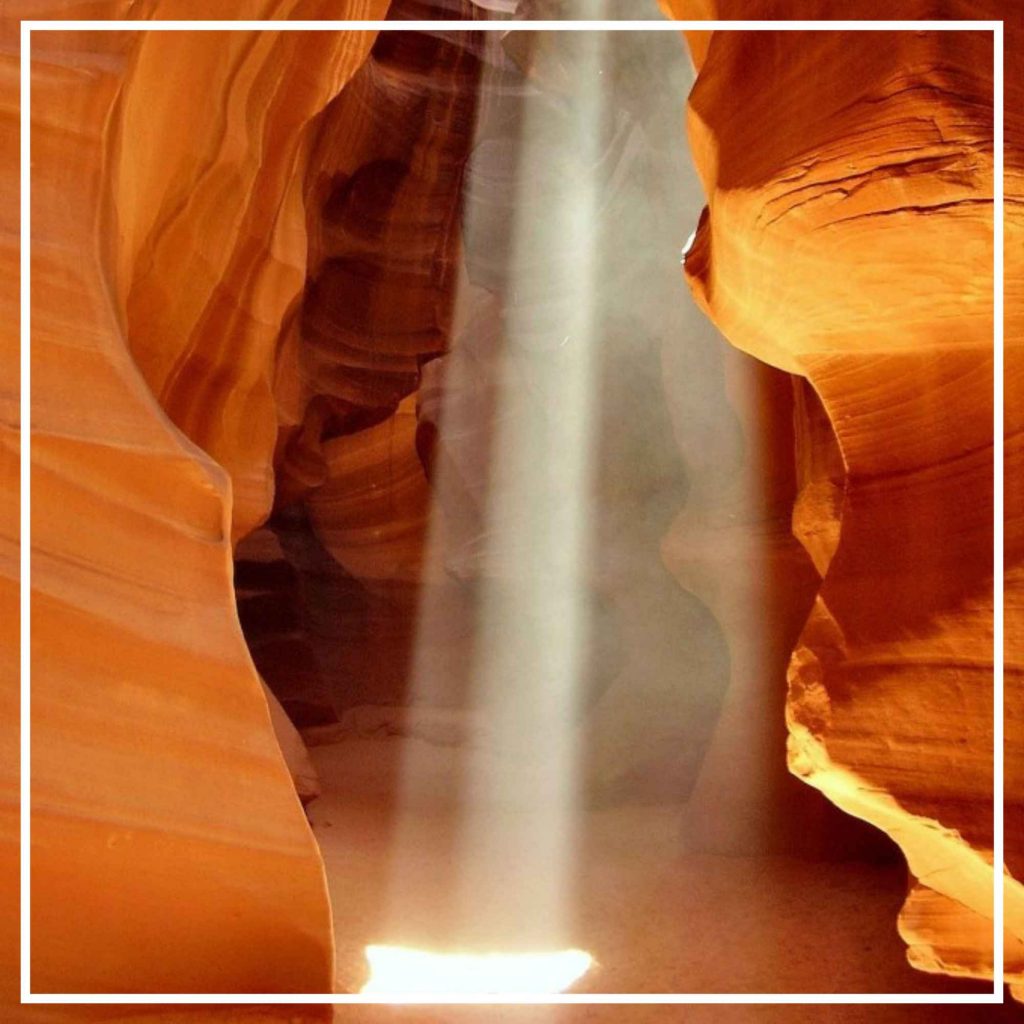
At around noon, mostly in summer, ray gun-like shafts of light beam down through chasms in the smooth and deep red carved rocks that make up Antelope Canyon and it pretty much looks like you’re on Mars.
You’re not, though. You’re in Arizona.
Shaped by erosion from flash flooding, the unearthly-coloured sandstone walls of the canyon have been twisted into wave-like rock formations that wind and curve through eerily lit, sandy-floored corridors. Rock that looks like flowing water is bizarre enough but if you visit at the right time of day you’ll see a shaft of light stream into the canyon that’s so spectacular even the most avid Star Trek hater would allow you a heartfelt, “Beam me up, Scotty!”
Deadvlei, Namibia
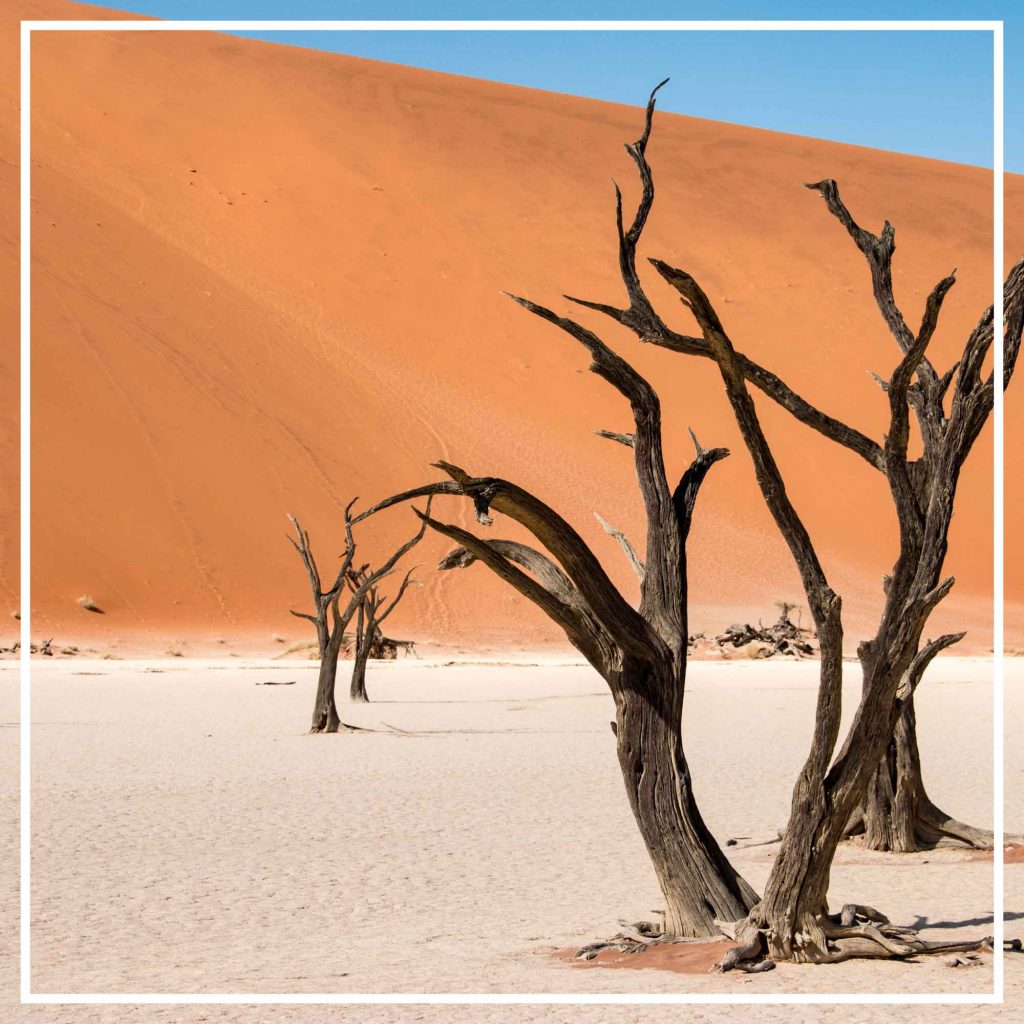
If Deadvlei were another planet, you would not look for life there. Twisted and blackened limbs of trees that have been dead for 900 years are set among a carpet of crusty, salty clay and surrounded by the deep orange hue of the highest sand dunes in the world.
It was once a marsh – dead meaning dead and vlei meaning marsh in Afrikaans – with an abundance of water, allowing camel thorn trees to grow. But when the climate changed and drought hit, the sand dunes encroached on the area and everything died.
What remains are the skeletons of trees, black from scorching sun and dry as bones due to the very rare rainfall. Evacuate planet?
Pamukkale Springs, Turkey
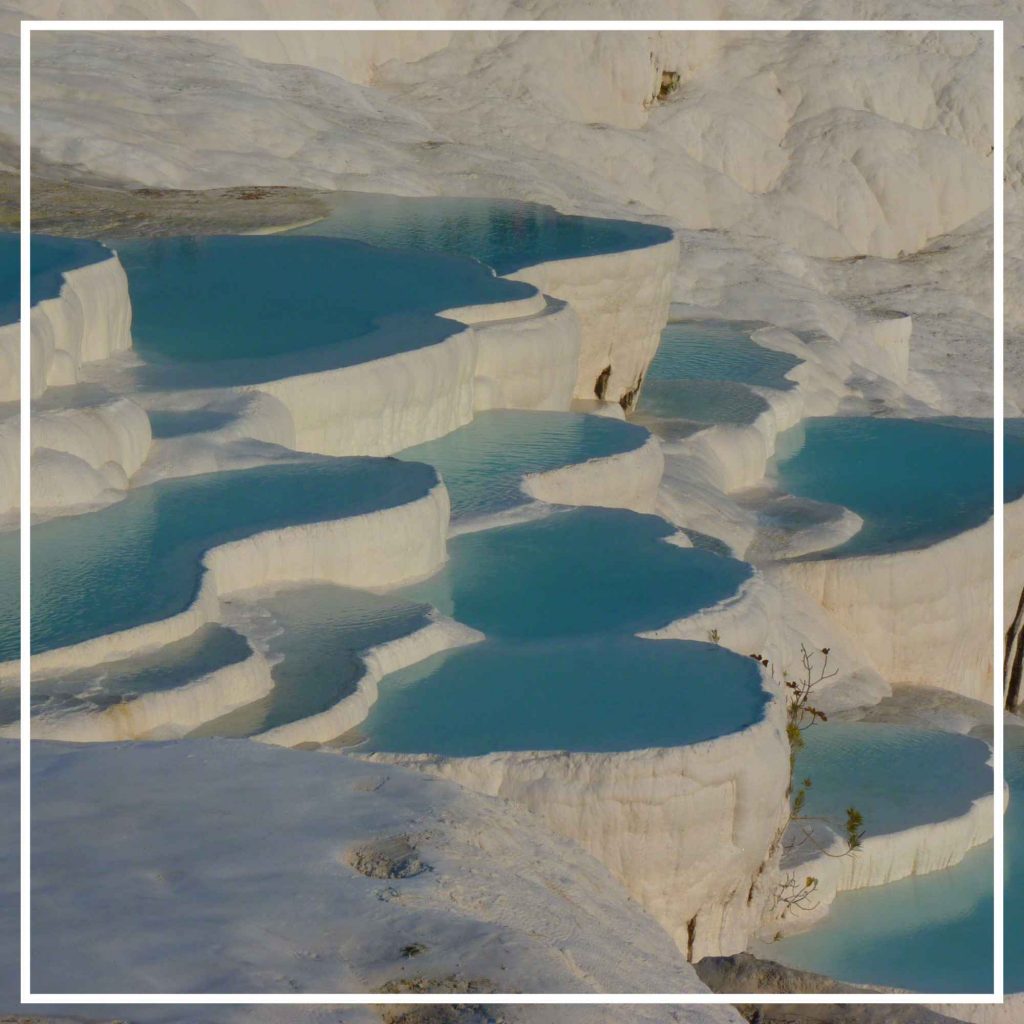
If Narnia were actually in Vietnam, it would probably look like the Pamukkale Springs. The spectacular white terraces filled with milky blue water rise up from the Menderes Valley like some kind of icy cloud formation.
But they’re far from cold. The Turkish hot springs, which are formed by carbonate minerals left by flowing water, range in temperate from a lovely 35 degrees to slightly steamier 100 degrees. Take a dip, probably in one of the cooler pool, and feel the calcium-laden, restorative, mineral rich water doing your skin a world of good.
Mount Roraima, Venezuela

So, Mount Roraima basically is another planet. This flat-topped mountain in Venezuela has been cut off from civilisation for so long that it has become it’s own fascinating lost world of unusual landscapes populated by unique species found no where else.
Think valleys of crystals, beautiful rare orchids and waterfalls spilling down sheer cliffs into clouds. The mountain is actually believed to have inspired Arthur Conan Doyle’s novel The Lost World, a land where prehistoric creatures have survived on a plateau. Makes sense.
The Eye of the Sahara, Ouadane, Mauritania
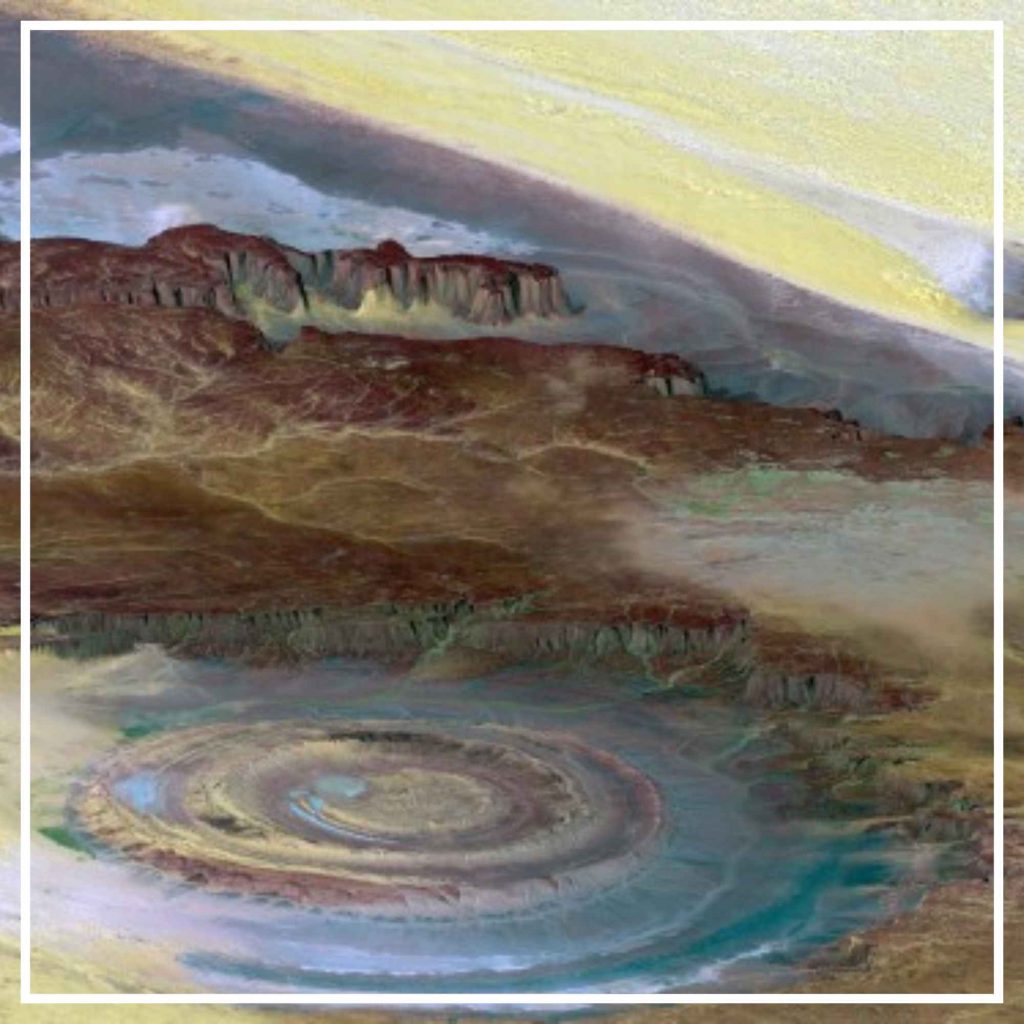
Crop circles in the desert?
The Richat Structure, also known as the Eye of the Sahara, is a 40km wide circular geological anomaly that kind of looks like a message from outer space and also kind of like an evil Lord of the Rings-esque eye. The stunning structure, which can only be seen from space, is made from sand and bare rock but its formation – and how it became so round – is pretty much a mystery. Our bet is on aliens. Definitely aliens.
Skaftafell Ice Cave, Iceland

Iceland has some pretty phenomenal glowing blue ice caves that would look more at home on Pluto than planet earth.
The ceilings of smooth, centuries old, highly-pressurised glacier ice that seem to hover over a rocky cave floor give off an iridescent blue glow and light up the chilly spaces. The caves are created by waterfalls melting passages in the glacier, like lava through a lava tunnel, and now you can just stroll through them and let your jaw hang open in awe at how epic Mother Nature is.
This post was originally published on January 9th, 2015 and has since been updated.
Miranda Luby is a freelance travel writer and bad surfer living on Victoria's coast. She's visited 44 countries and written for National Geographic and she tries, but fails, to not photo brag too much on Instagram @mirandaluby.




